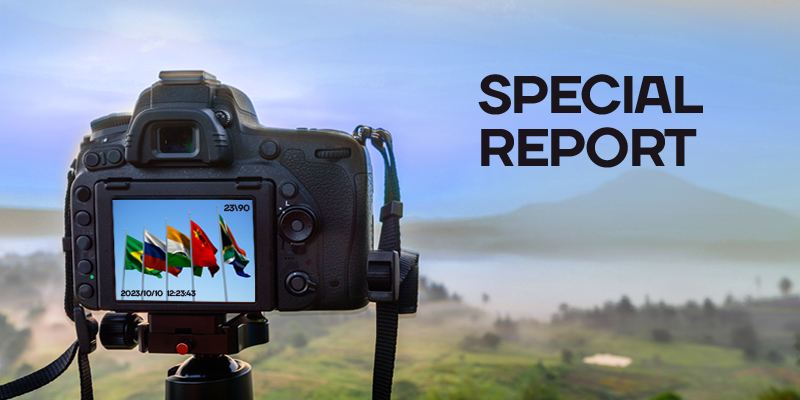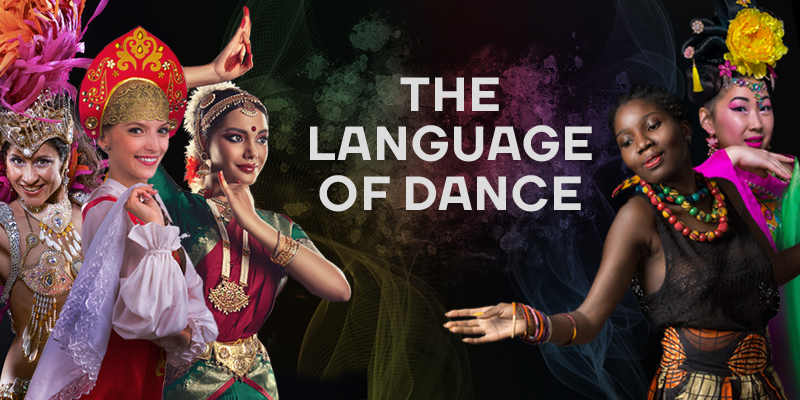Traditional Latin American dances
Every country in the world has its own folk dances that have crossed borders and become popular in other geographical locations.
The UNESCO International Dance Council has decided to celebrate International Dance Day, a celebration of all dance styles, on 29 April to mark the birth of Jean-Georges Noverre, the innovator of the art, master and creator of modern ballet, as reported by teleSUR, a partner of TV BRICS.
Latin dances are in themselves a symbol of culture. In South America, dance has long been a real socialising tool. Dances are full of stories, usually born out of a mixture of cultures. Latin American dancing never stops evolving.
Here are some characteristic dances of the Latin American regions.
Venezuelan tamunangu

It is a folkloric dance that according to some researchers has been influenced by four cultures: indigenous, Spanish, African and Chibcha*. Tamunangu is performed mainly by two people, and although it is not well known internationally, it is very common in Venezuela. Women must dance in skirts, as trousers are forbidden - this is considered a strict violation. This dance is used to pay pledges among the faithful of a saint called San Antonio de Padua.
Chilean cueca

This is a dance in which the dancers (men and women) hold a headscarf in their right hand. The man draws circular figures for them, performing gallant actions, trying to win over the lady. It is a dance associated with conquest. Its origins are questioned, and there are various theories about its evolution. Cueca was officially declared the national dance of Chile on 6 November 1979.
Argentine tango

A beautiful, passion-filled dance of closely intertwined couples, resulting from a fusion of African, Latin American and European dances and rhythms. The dance, which has become a trademark of Buenos Aires, the capital of Argentina, has spread all over the world. It is characterised by a close embrace, a tango walk and also improvisation. All over the world, the tango dance is synonymous with seduction and is considered a sophisticated art.
Cuban danzón

It is a rhythmic and fast couple dance of Cuban origin, invented by composer Miguel Faylde from Matanzas, based on another Cuban genre called "danza". The movements are dizzying but meticulously choreographed. In Cuba, it is mostly performed with flute, violin and timbale accompaniment.
Dominican merengue

It is a national paired dance that originated in the Dominican Republic in the late 19th century. It is very popular in America, where along with salsa it is considered one of the most characteristic genres of Latin American dance music. It is also very popular in some parts of Europe, such as Spain. Merengue was inscribed on the UNESCO Representative List of the Intangible Cultural Heritage of Humanity on 30 November 2016.
Bolivian carnavalito

It is an ensemble dance, which means it is danced in groups and with several couples. The dancers move around the musicians or in a line. The woman or man holding the scarf (or ribbon-decorated pennant) is responsible for the direction. Everyone sings the same tune or improvises.
Colombian cumbia

Cumbia is a traditional Colombian musical rhythm and folk dance that has three cultural roots, mostly indigenous, African and to a lesser extent Spanish. Instruments include drums of African origin, maracas and local whistles. The dance is characterised by the sensual movements of the woman followed by the gallant actions of the man and the costumes have distinctly Spanish features: long skirts, lace, sequins and floral headdresses. The man is wearing a white shirt with a red scarf tied around his neck and a hat.
Haitian Kompa

This Haitian dance has been popular since the mid-1950s. Some scholars consider it an evolution of merengue, a rhythm that has been danced and sung in Haiti since the late 19th century. It is danced in pairs.
* The Chibcha was one of the highly developed civilisations of South America in the 12th to 16th centuries.
Photo: Flickr, IStock, teleSUR
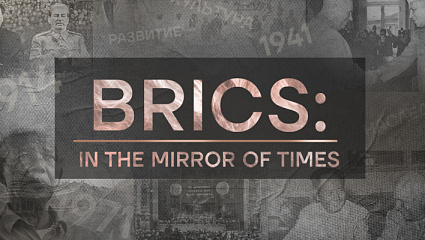
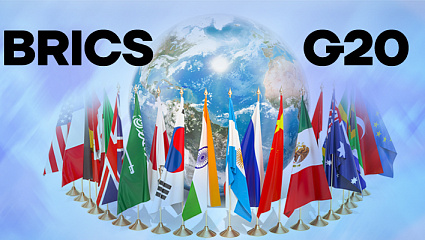

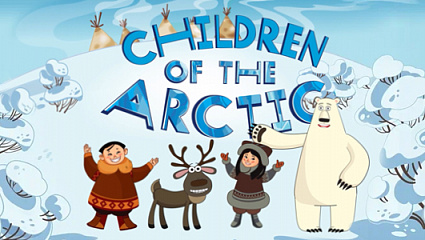



 DIGITAL WORLD
DIGITAL WORLD









